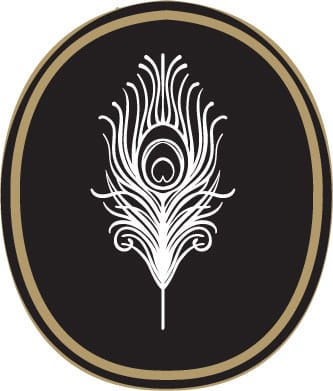Introduction

IN OUR EVER-INCREASINGLY MECHANICAL AND DIGITAL WORLD, HANDMADE ITEMS—things that bear the fingerprints, experience, and the heart and soul of their creator—are especially meaningful. Part of the handcrafted renaissance has been a renewed interest in everything lettered by hand. This has spurned a gorgeous modern pointed-pen style, done with the pointed nib in an unstructured style.
Today’s millennial calligraphy style evolved from traditional pointed-nib lettering, and those historical styles are the focus of this book. In the pages that follow, we will explore calligraphy exemplars from the periods when the various hands were in use. Then we will use these exemplars to study these iconic traditional calligraphy styles.
We’ll focus on script pointed-pen styles of calligraphy, from the origins of pointed pen in Renaissance Italy (Cancellaresca Corsiva) to Copperplate, Bickham, Italian hand, and Spencerian. We’ll supplement these traditional styles with some less common styles: pointed-pen Uncials and Roman, which are very useful for calligraphy projects.
We’ll also cover the most elegant hand-lettering styles to pair with pointed-pen scripts, beginning in the mists of old Ireland with the intricate Celtic Uncial styles. We’ll move to the European Medieval period and study gothic scripts. We’ll also look at over-the-top Victorian embellished letters and elaborate Art Nouveau letters.

The word “calligraphy” comes from the Greek words calli (“beautiful”) and graphein (“to write”). So “calligraphy” is, by definition, beautiful writing! I’m certain that as long as people have been communicating visually, there has been both a need and desire to do it beautifully.